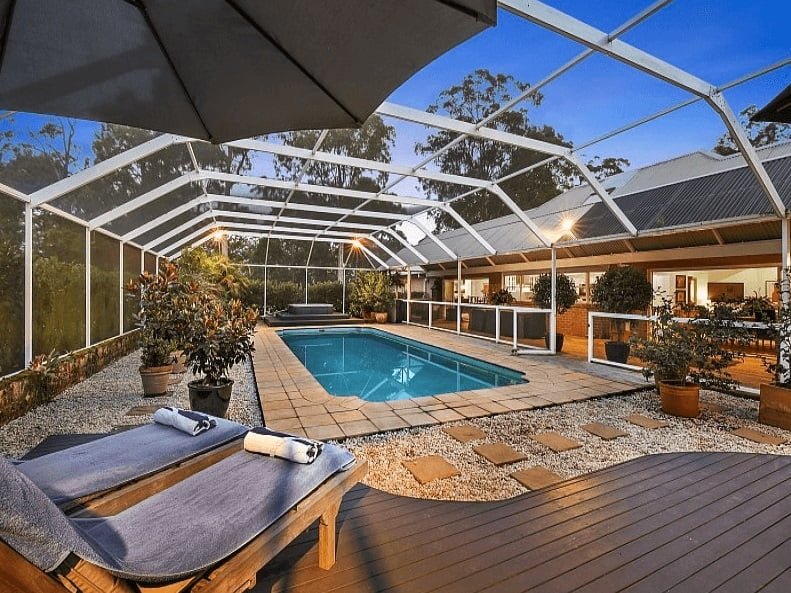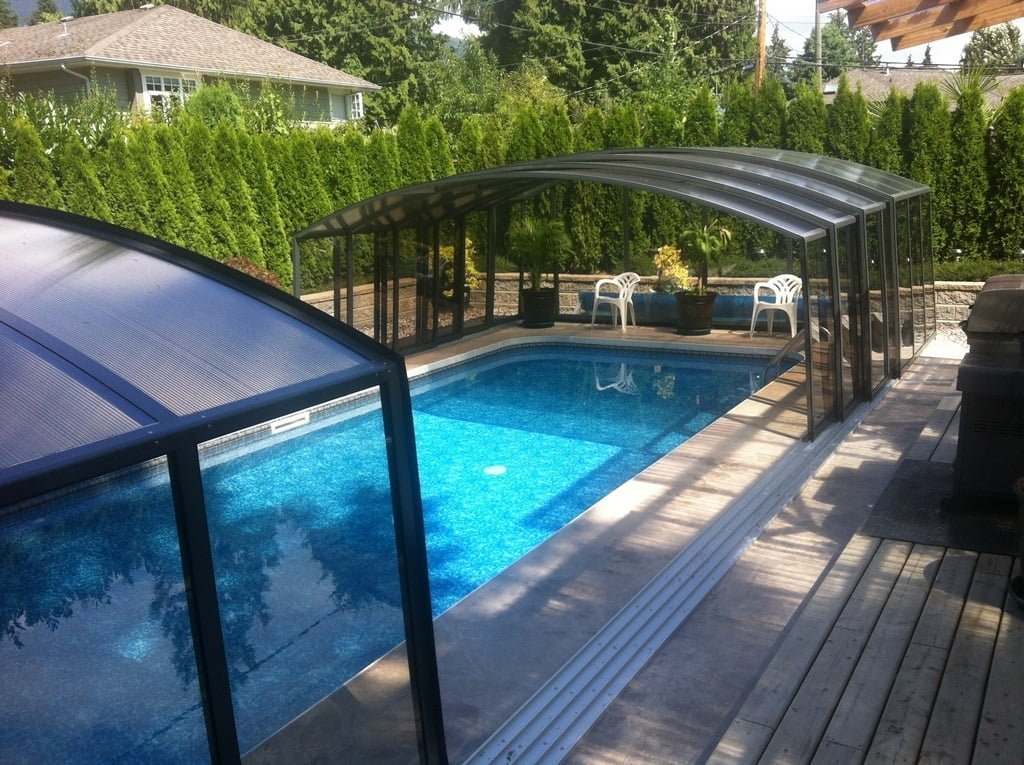- You can now follow us on Facebook for regular updates and news or directly message us.
- To get a unobligated quotation or free advise from our specialists, please contact us without hesitation. You will also directly get a $200 voucher.
According to statistics, most drownings in private swimming pools happen to children under 5 years. Often, a contributing factor to drowning is inadequate pool barrier. This is the reason for regulations around pool fencing and pool enclosure being made more stringent, and also more strictly enforced. For explanation about pool fence, please view https://en.wikipedia.org/wiki/Pool_fence.
Pool barrier is mandatory throughout Australia, and many of the regulations governing compliant pool fencing are the same across the country. However, some details vary from state to state. This article covers the regulations which currently apply in NSW. To view our pool enclosure solutions, please visit https://www.freshoutdoor.com.au/product/pool-enclosure-and-sunroom/.

Sunroom Enclosure Buyers Guide
Contents
Which Laws Do Pool Enclosure Come Under?
Pool fencing for any pool constructed after 1 September 2018 is covered by the Swimming Pool Act 1992, and Swimming Pools Regulation 2018. The Australian Standard that applies is AS1926.1-2012. Swimming pool fences are also required to comply with the Building Code of Australia (BCA). There are some exemptions for pools constructed before this date.
Ensuring pool fences are compliant is the responsibility of the local council, which is authorised to perform inspections, certify compliance and issue fines for non-compliance.
Do All Swimming Pools Require Barrier?
All swimming pools with a potential water depth of 300mm or more are required to be within compliant fencing as described below. This includes inflatable and other above-ground pools, and spas (unless the spa has a child-resistant mechanism such as a lockable lid which prevents access to the spa when not in use).
Small inflatable pools, such as toddler pools, with a depth less than 300mm are not required to be fenced off. However, children should always be supervised, even when in shallow water, as there is still the potential of drowning.
Which Materials Can Be Used for Pool Barrier?
Pool fencing regulations do not mention specifications for which materials to use. However, the Building Code of Australia lists materials which, if used, are deemed to satisfy the requirements.
The two most common types of pool fences are metal, and glass panels. However, any material can be used, as long as it complies with the regulations. The type of fence you get is entirely your choice, and will depend on factors such as your budget and the look you would like to achieve.

NSW Requirements for Pool enclosure & Barriers:
Must be at least 1.2 metres high (from the finished ground level). This is to stop small children climbing over it.
Must not have a gap under it bigger than 10cm (again from the finished ground level). This will prevent children getting under it.
Must not have gaps of more than 10cm between any vertical bars in the fence. This will stop children squeezing through between the bars.
If a boundary fence is part of the pool fence, it must be 1.8m high.
If the fence contains horizontal climbable bars, they must be at least 90cm apart. This will stop small children climbing up to the top of the fence and getting over.
Perforated or mesh barriers must have holes no greater than 13mm if the barrier height is 1.2m. This will stop children being able to climb it, as their feet will not fit in the holes. If a perforated or mesh barrier is 1.8m high, holes can be greater than 13mm as long as they do not exceed 100mm.
Importantly, the pool fence must be well maintained and in good working order. For example, there must be no holes or broken fence palings or rails. It is of no use if a pool fence was compliant when built, but has fallen into disrepair and no longer meets the requirements.
Pool owners are required by law to ensure they maintain a “non-climbable zone” around the pool, to prevent children climbing over the fence and into the pool area. The non-climbable zone is measured as 90cm in an arc shape from the top of the pool fence towards the ground outside the pool fence. 30cm inside the pool fence is also required to be a non-climbable zone.
There must not be any objects at all within the non-climbable zone. This includes (but is not limited to) trees, shrubs and pot plants, rocks, barbecues, and garden furniture, that a child could use to step on and climb over the barrier.
Pool Gates – A gate in a pool fence:
Must swing outward (away from the pool area). If it does not, it must be re-hung so that it does.
Must close automatically from any open position (be self-closing) – must not require closing manually.
Must automatically lock (self-latch) when closing.
Must require manual opening of the latch (can’t just be pulled open when locked).
The release for the gate latch must be at least 1500mm from the ground, or else it must be on the inside of the fence, surrounded by a 450mm shield and needing to be accessed by reaching over the fence or through an access point 1200mm above ground level. The gate latch must be at least 150mm below the top of the fence or latch shield access point.
As with pool fencing, the gate and latching and closing mechanisms must also be kept well maintained and in good working order. If the gate is not shutting and locking automatically as described here, it must be permanently fastened shut until a new lock and/or closing device is installed.
Finally, but very importantly: The gate must never be propped open – always kept shut. It is no use having a working gate that can self-close if it is propped open.
Guidelines for Pool Barrier and Gate Maintenance
All bolts, screws and fasteners in the fence must be tight and in good order.
Any that are loose should be tightened, or replaced if necessary.
Hinges, locks and latches in self-closing gates should be sprayed with lubricating oil or silicone.
Check the manufacturer’s information for instructions on maintenance.
Proper, timely maintenance can help prevent faults relating to self-closing and self-latching gates. This will save you needing to replace them as often.
Windows and Doors
Windows and doors are no longer allowed to be part of the pool barrier for new swimming pools, although some older pools may have this as it was permitted in the past.
If you do have windows and doors that form part of the pool barrier, they must be child-resistant and comply with regulations. Windows that form part of the pool barrier must not open more than 10cm, or else they must be completely covered by bars or a screen. Doors must be self-closing and self-latching (as with pool gates), have the latching device at least 150cm from the ground, a non-climbable zone of 90cm, and not open towards the pool.
An important note: If the swimming pool barrier is modified, altered or re-built, the current laws and regulations apply, and these exemptions as well as any others do not apply anymore.
